Wildlife photography
Get beyond the camera and discover the stories behind some of the best nature photography in the world.
Read exclusive interviews with the Wildlife Photographer of the Year winners, learn tips and tricks for your own photography and find out what goes on in the field.
The latest stories
Celebrating nature
Each year, Wildlife Photographer of the Year highlights the most beautiful, spectacular and often rather strange, side of nature. Join us in celebrating the wonder of the natural world.
Animal exploitation
Across the world wildlife is being exploited for its role in food, clothing, medicine and human entertainment.
The competition's photojournalism category is instrumental in highlighting some of the most pressing threats to the natural world today.
Discover how human actions are destroying animal livelihoods and threatening the biodiversity that we depend on.
Behind the lens
Find out more about what goes on behind the photos. Get top tips from some of the worlds best wildlife photographers and learn about how the competition has changed over time.
Habitat destruction
Human consumption and pollution is knowlingly destroying the habitats of millions of species and destabilising our climate.
Wildlife photographers play a vital role in documenting the impacts of human activity in the furthest frontiers of the natural world and fighting for change where it matters most.


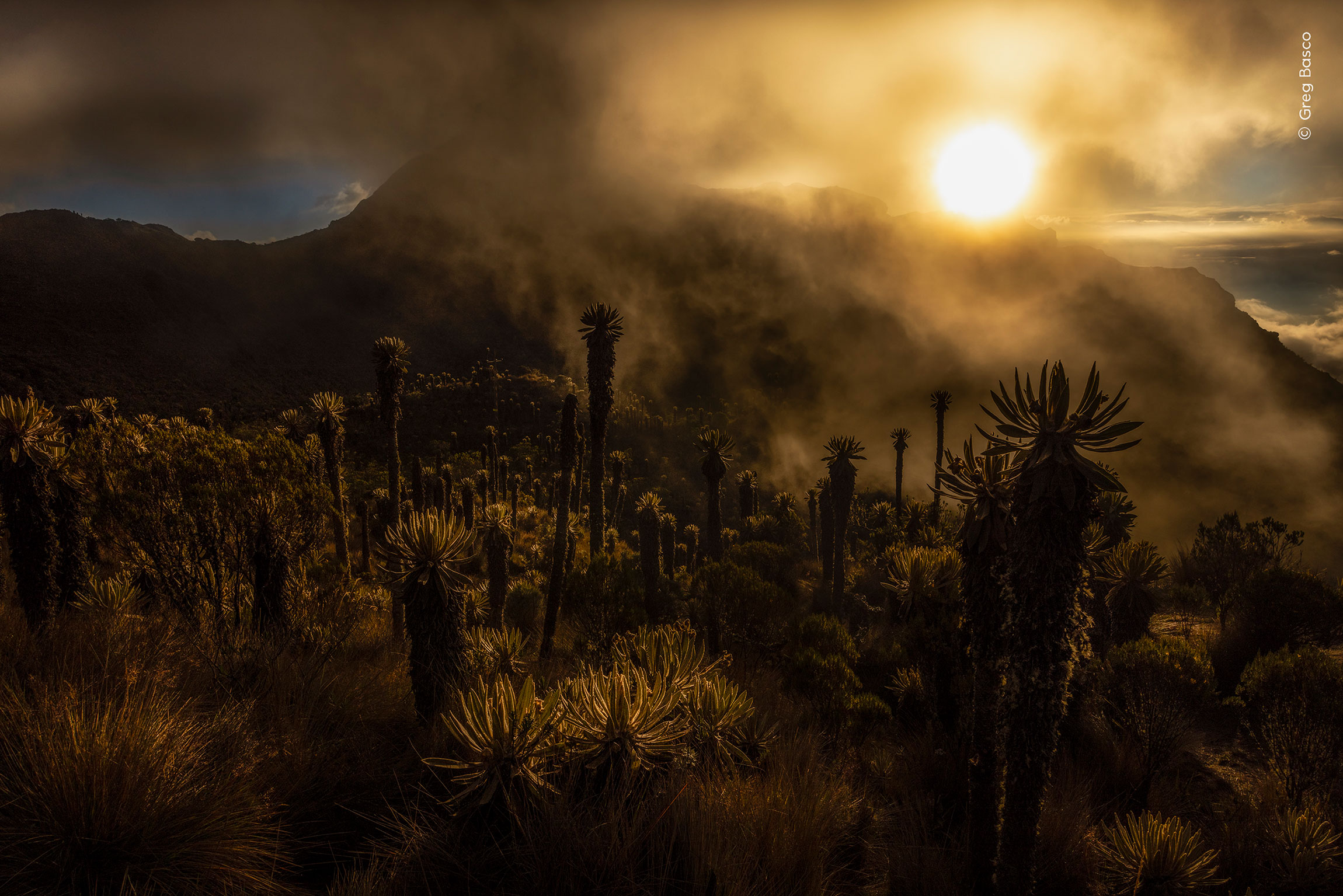
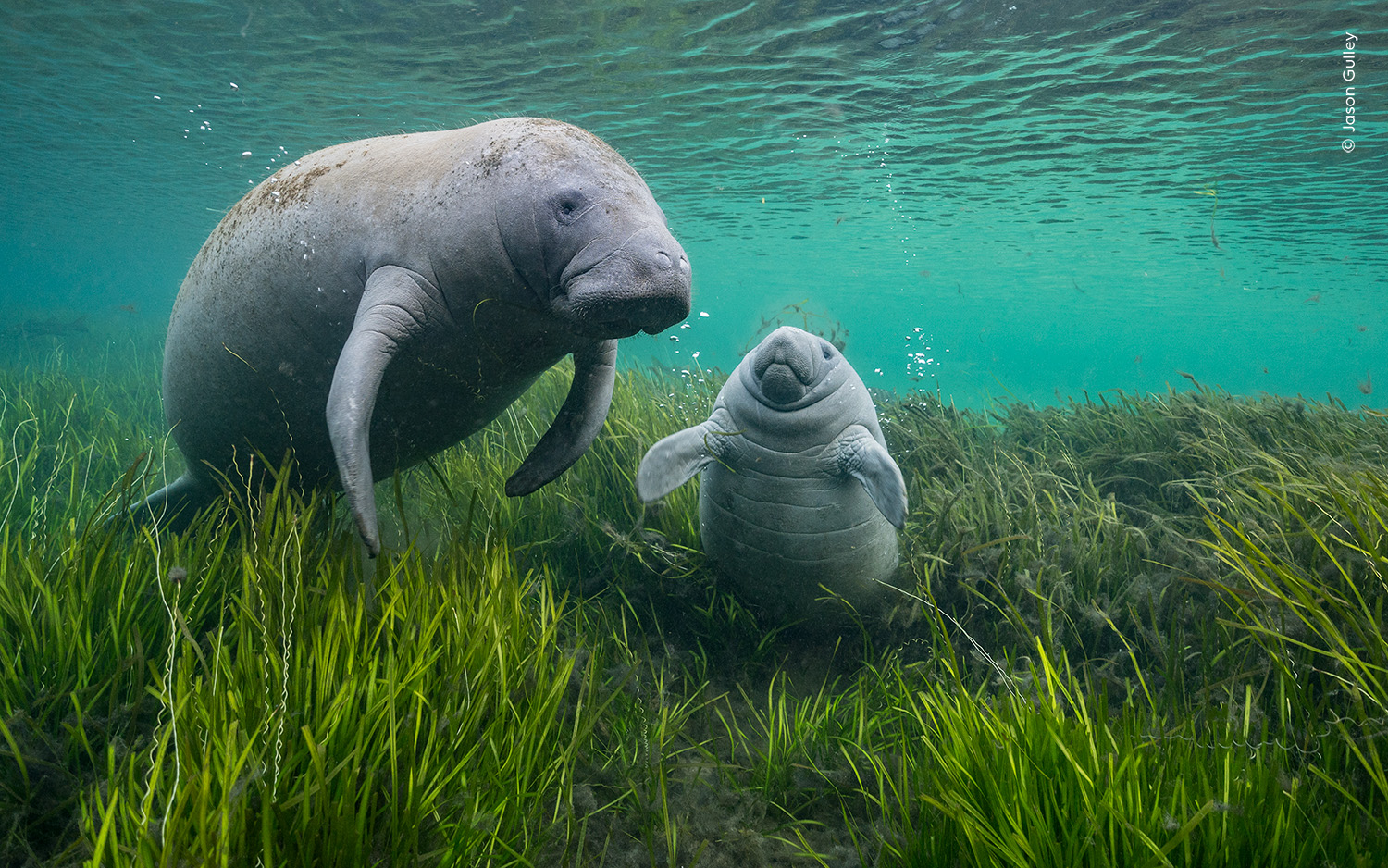
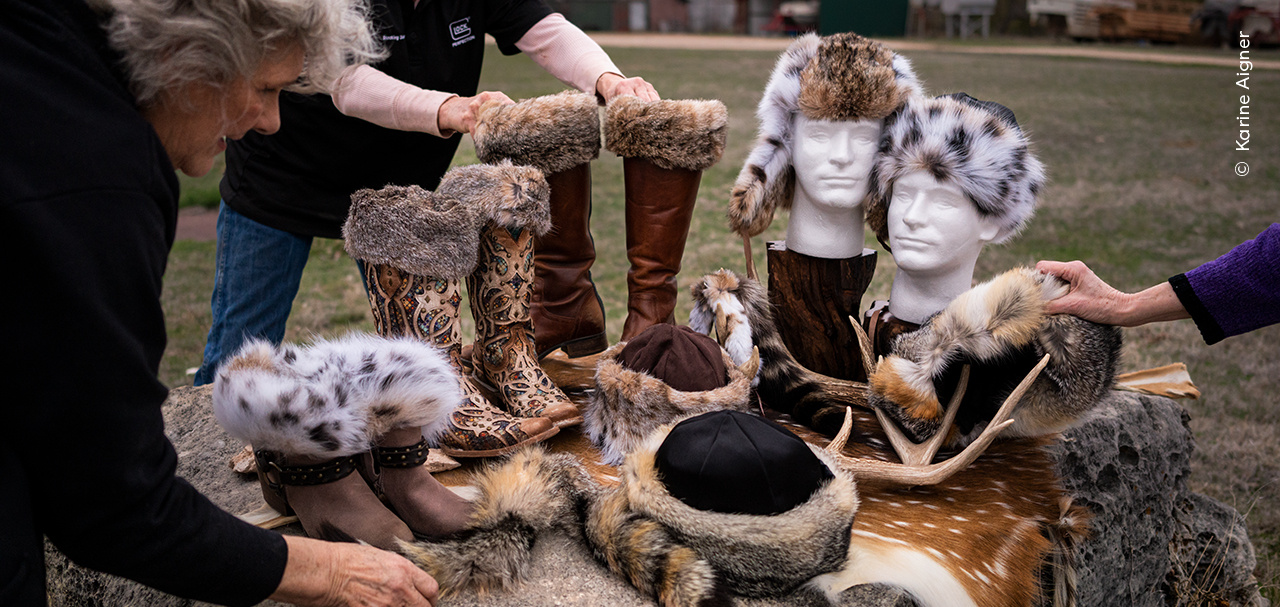
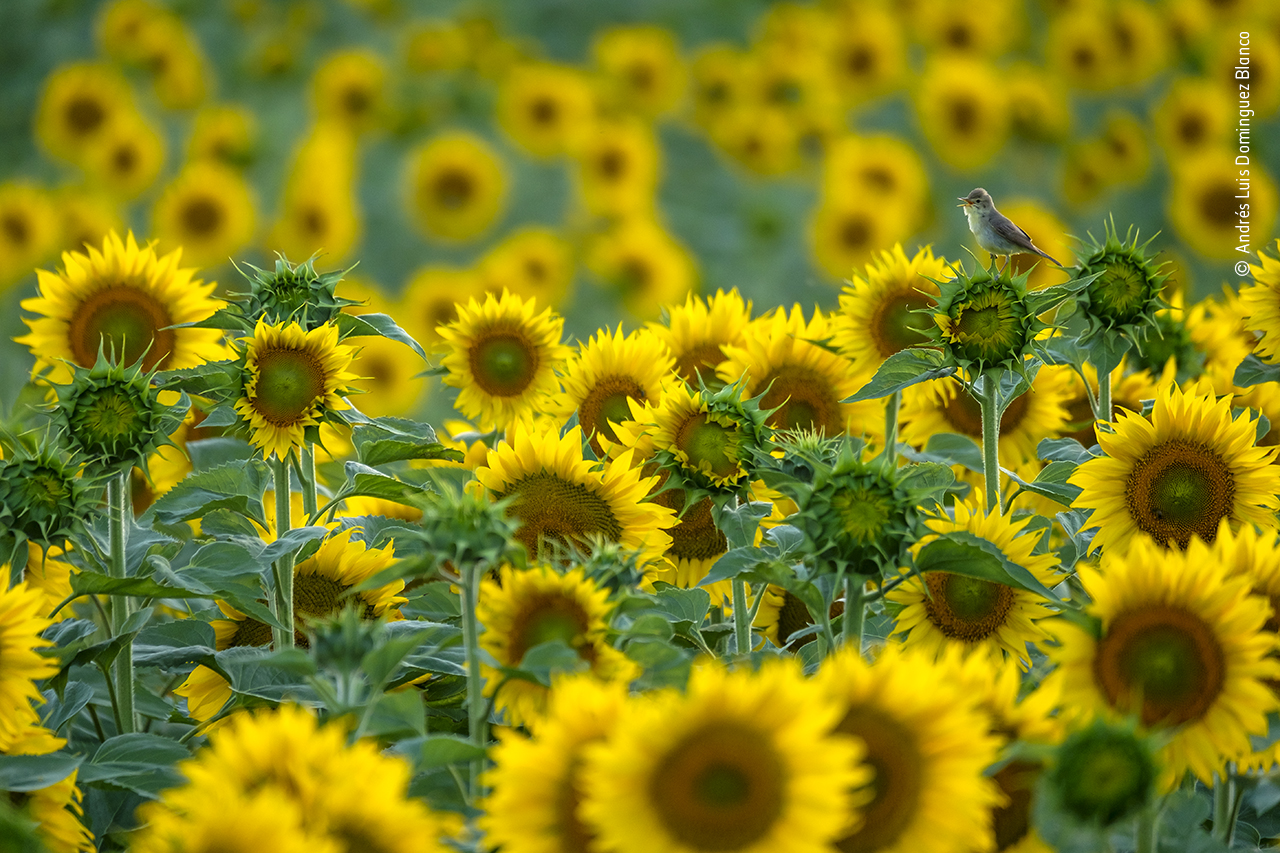
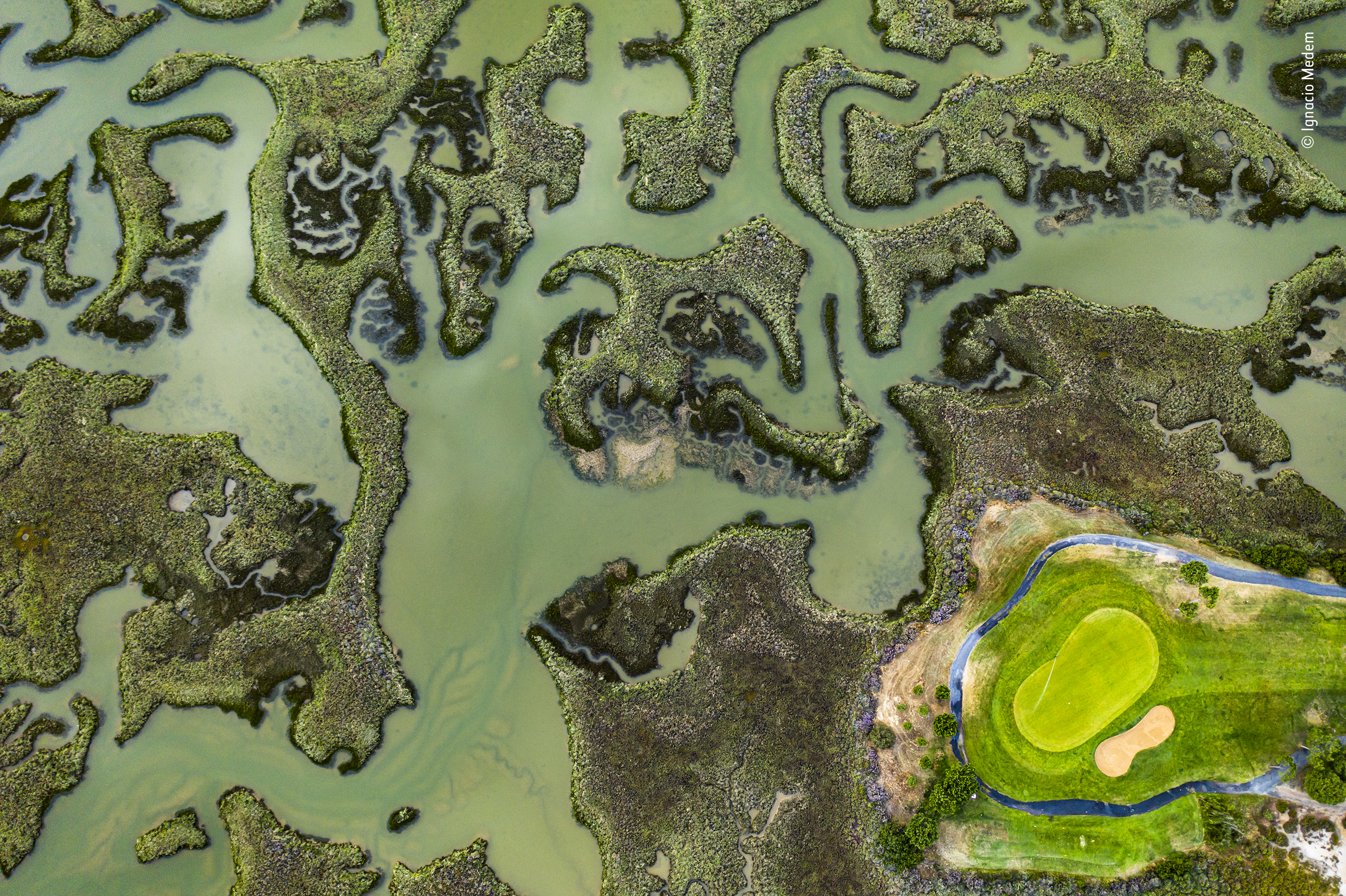
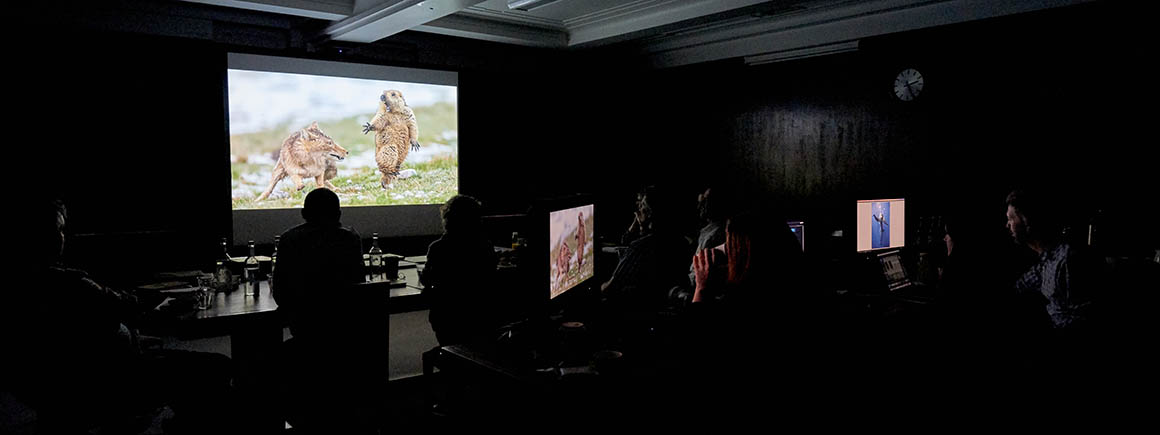
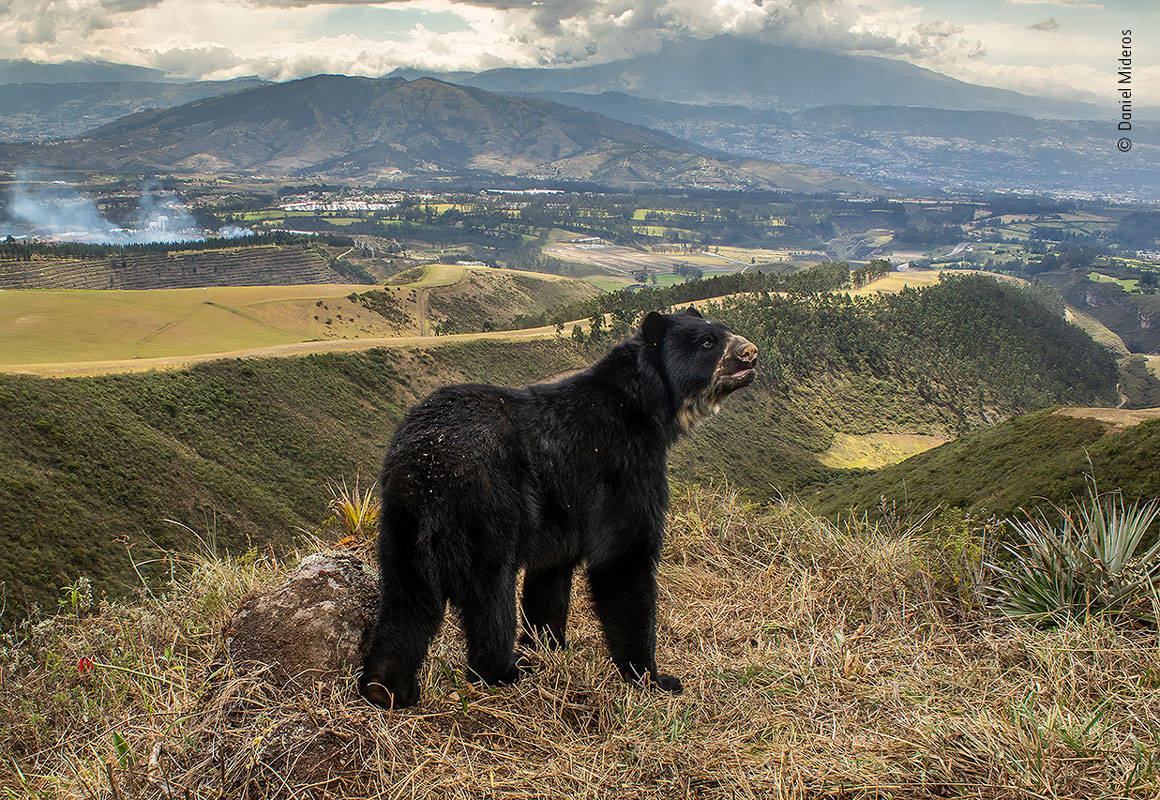
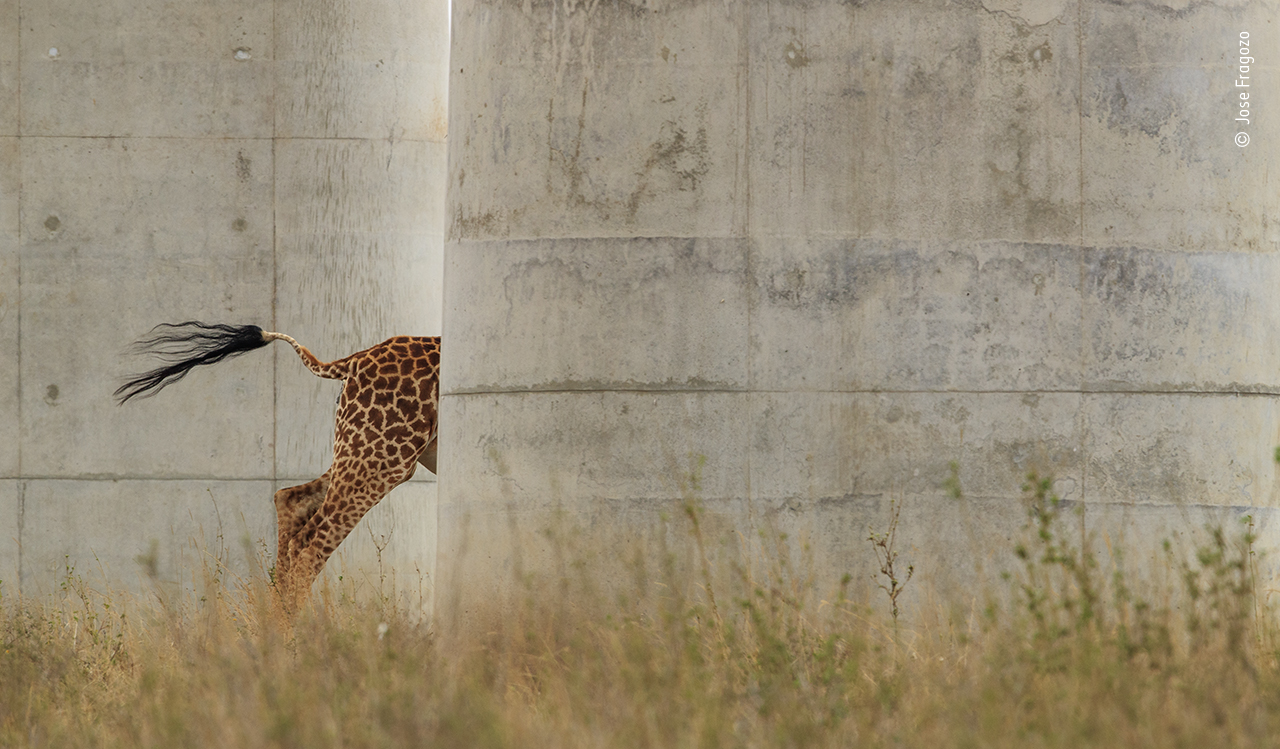

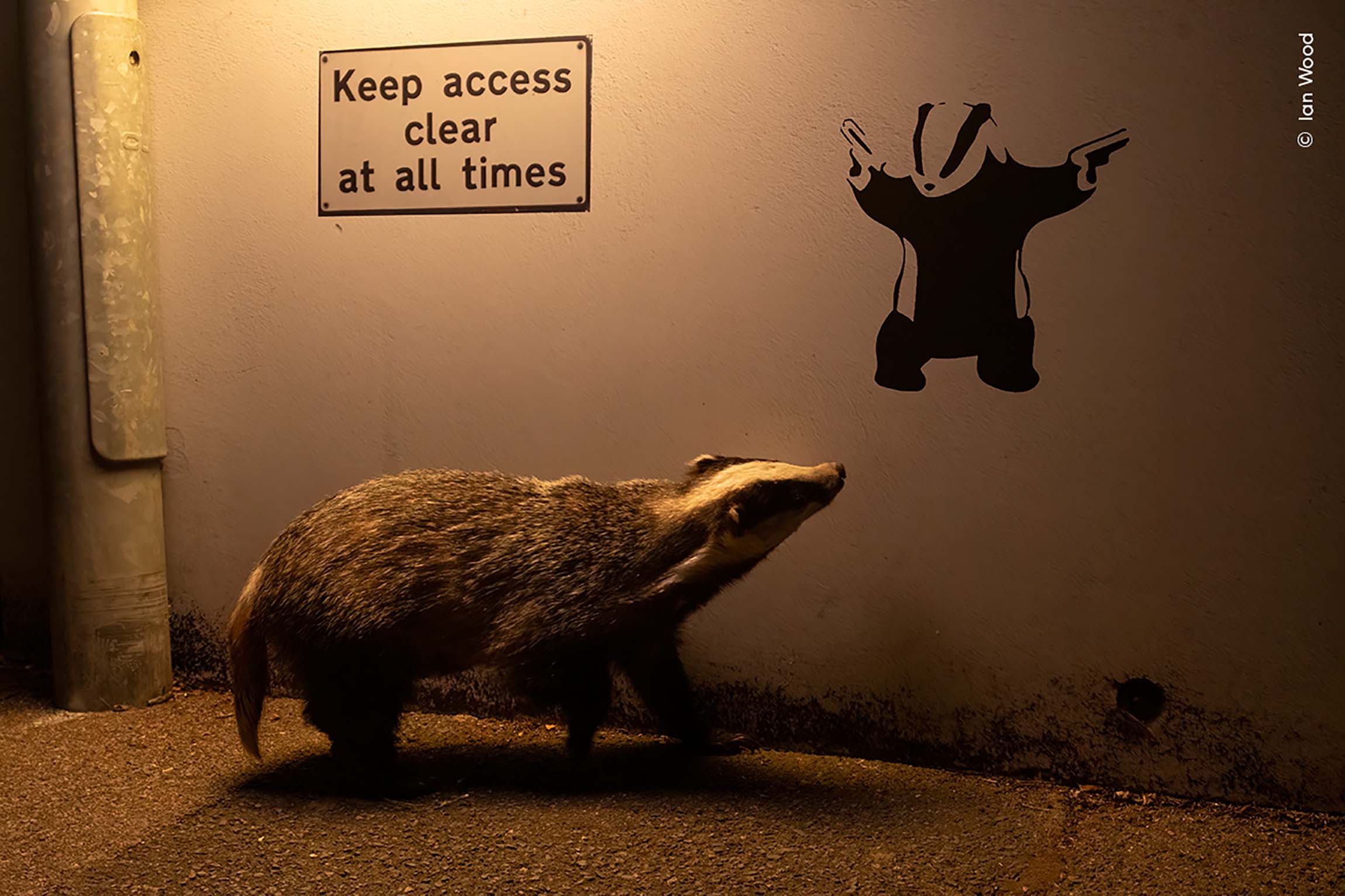
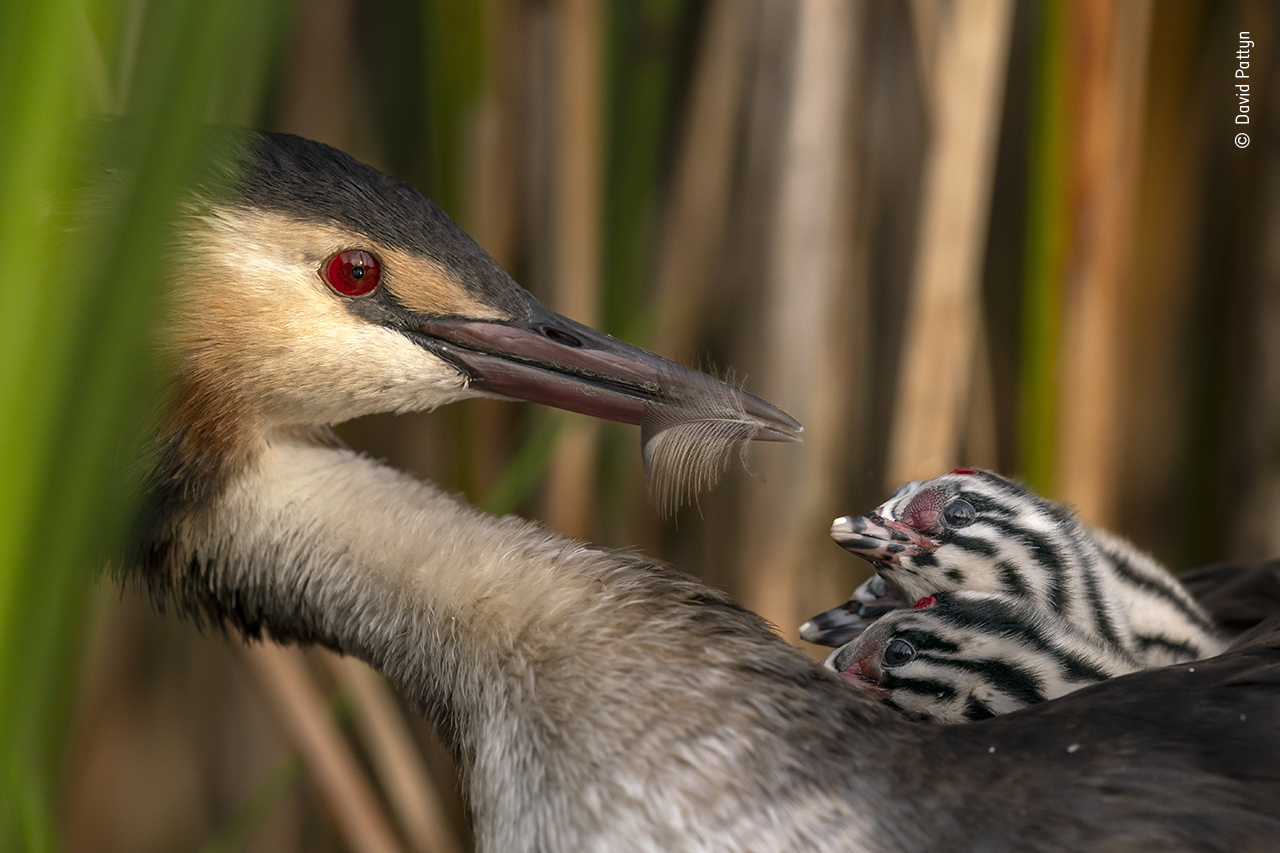
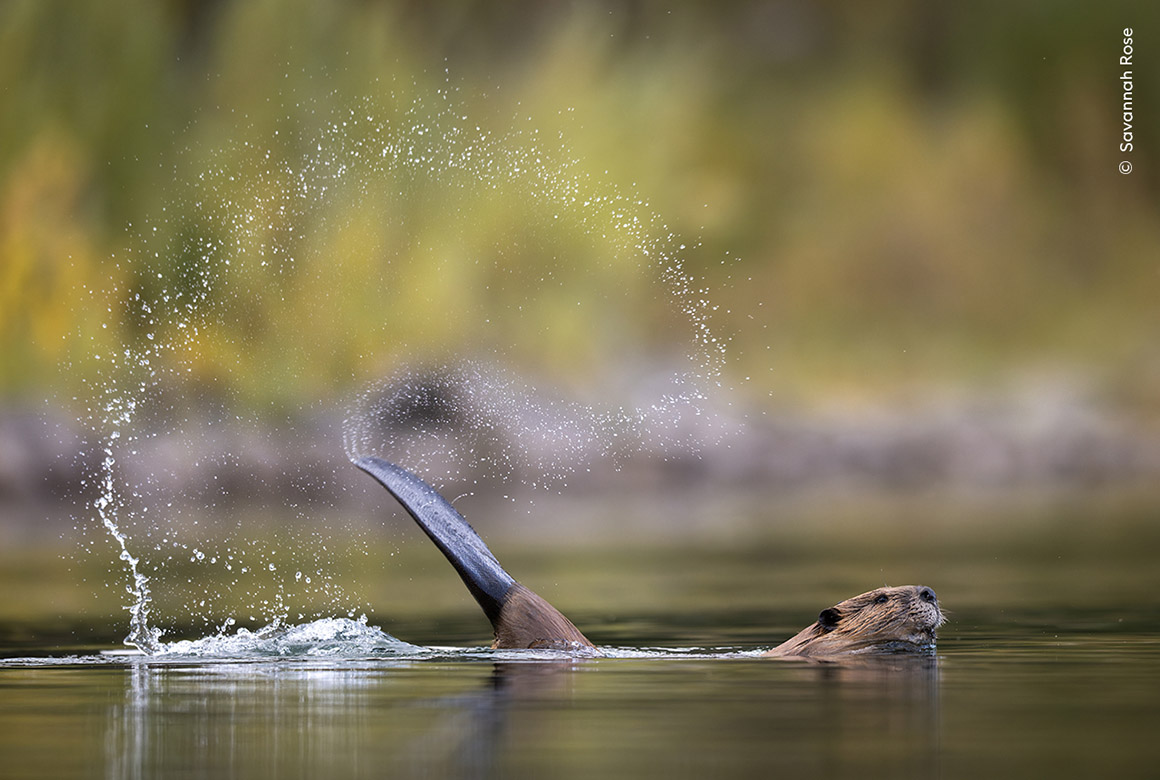
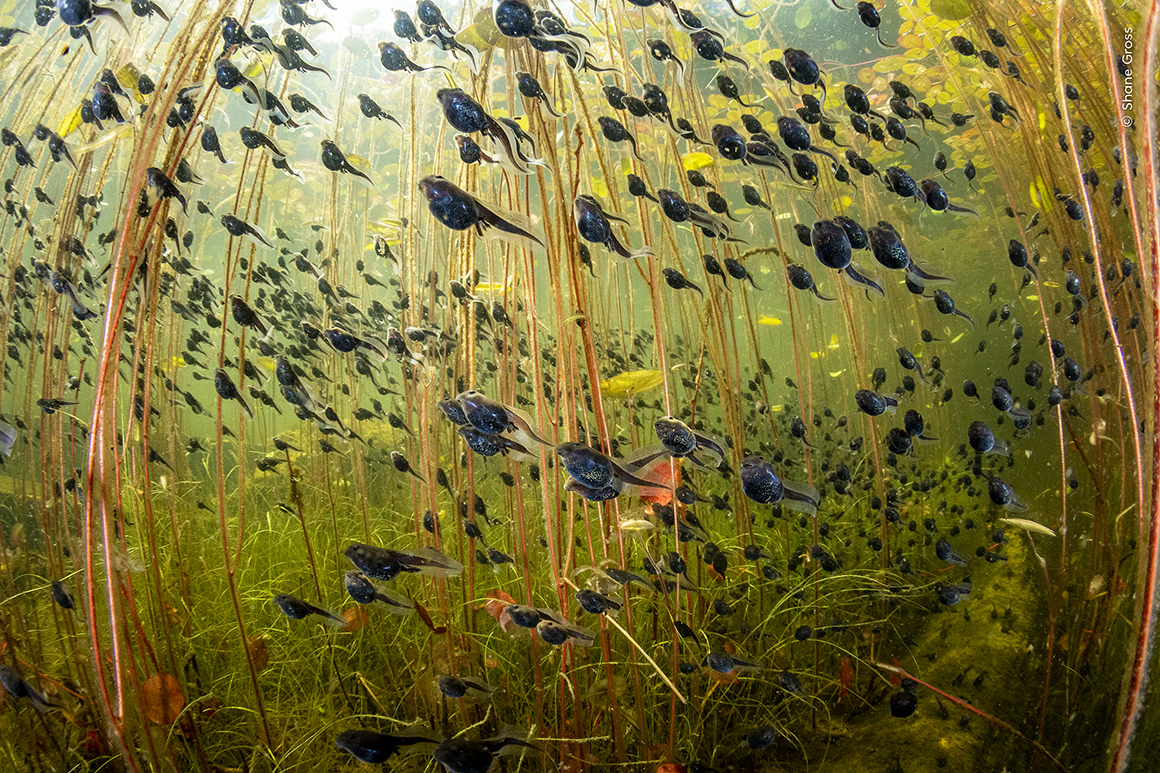
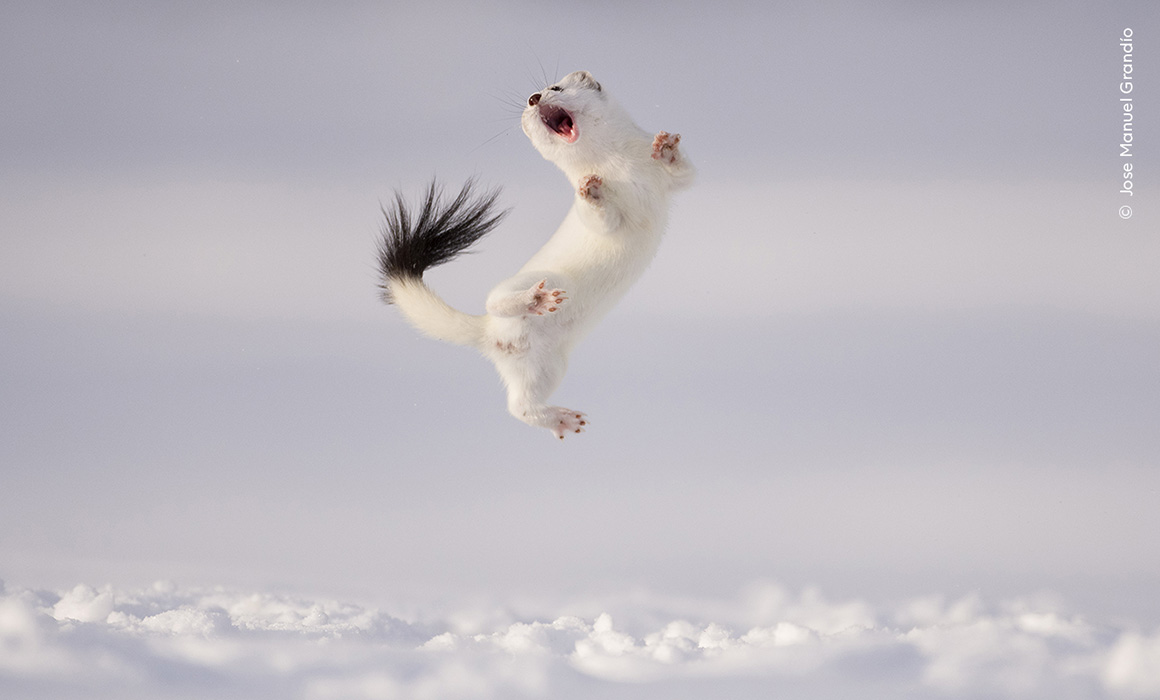
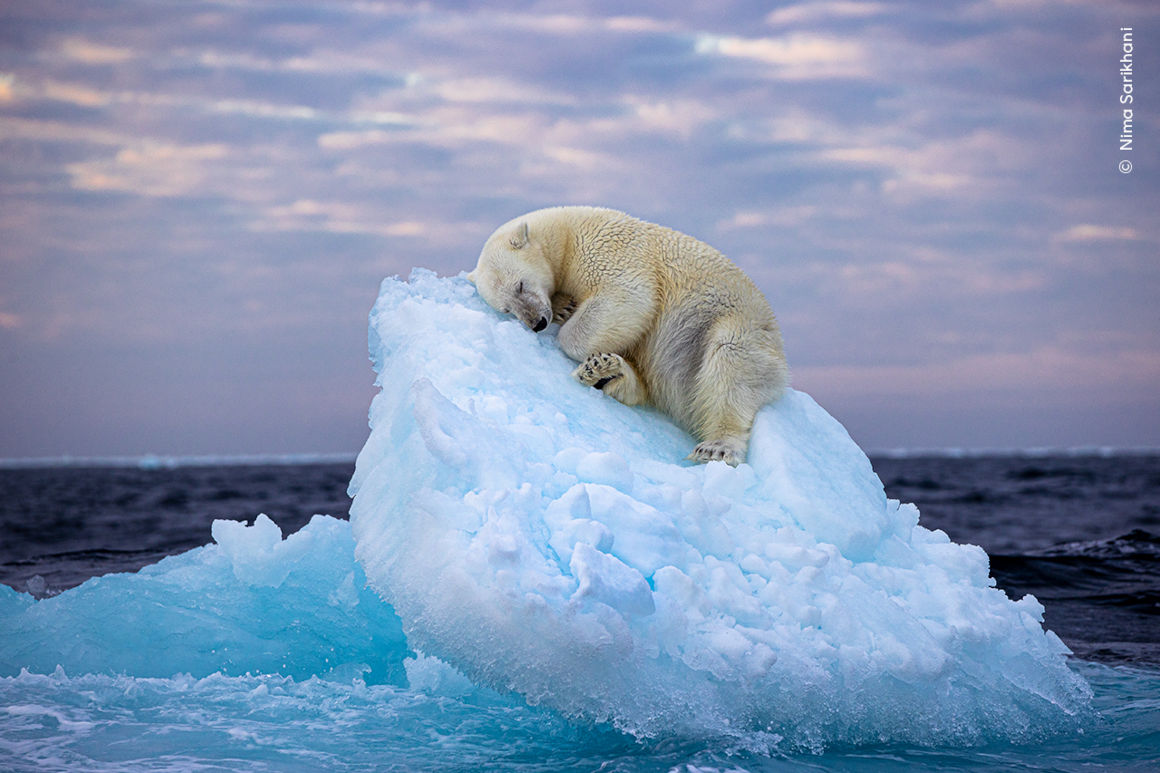
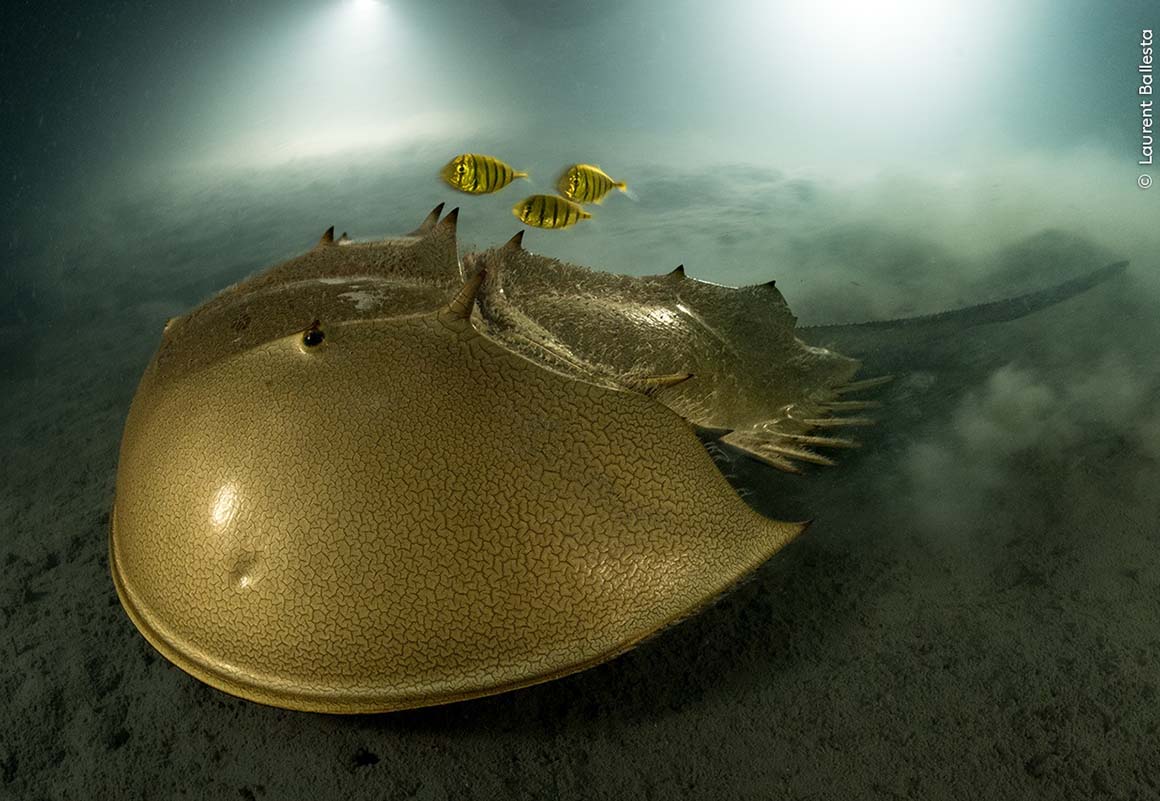
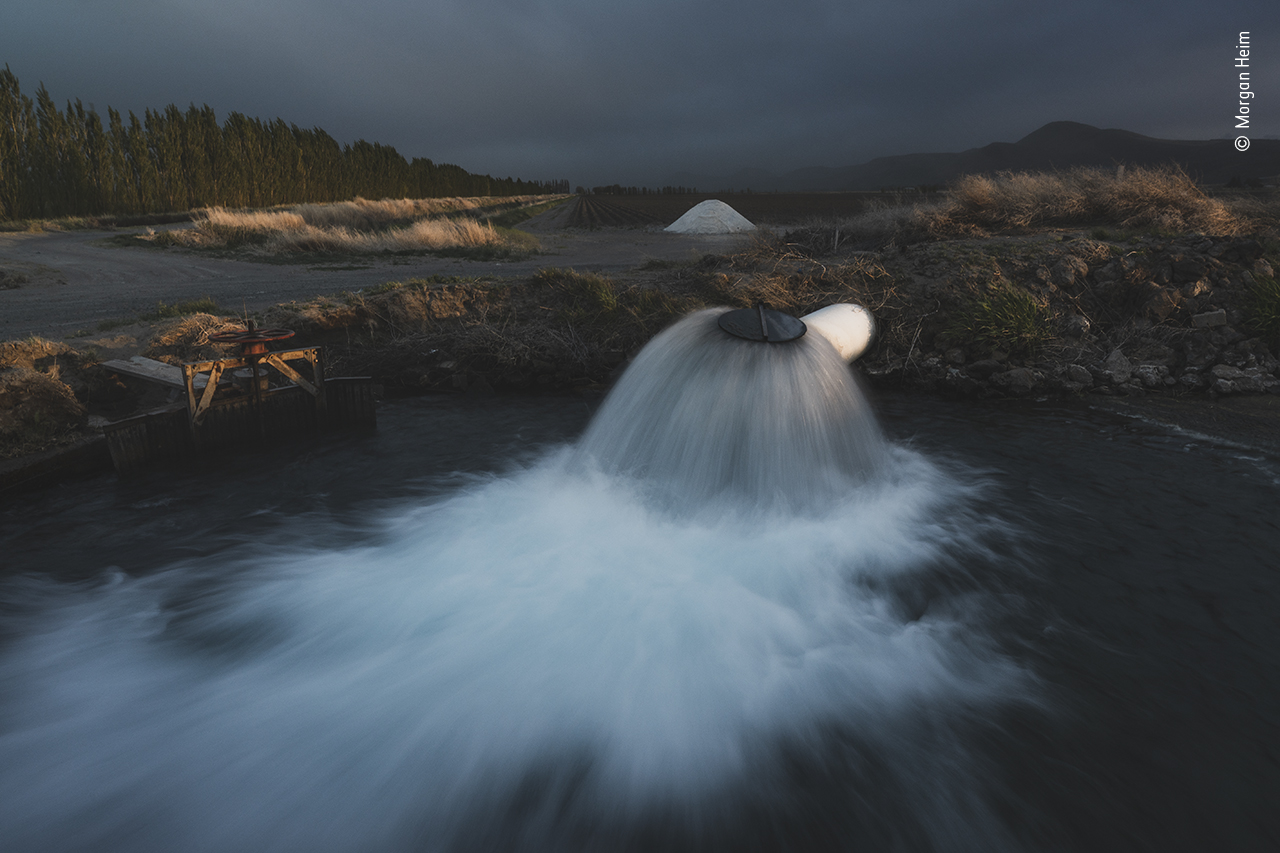
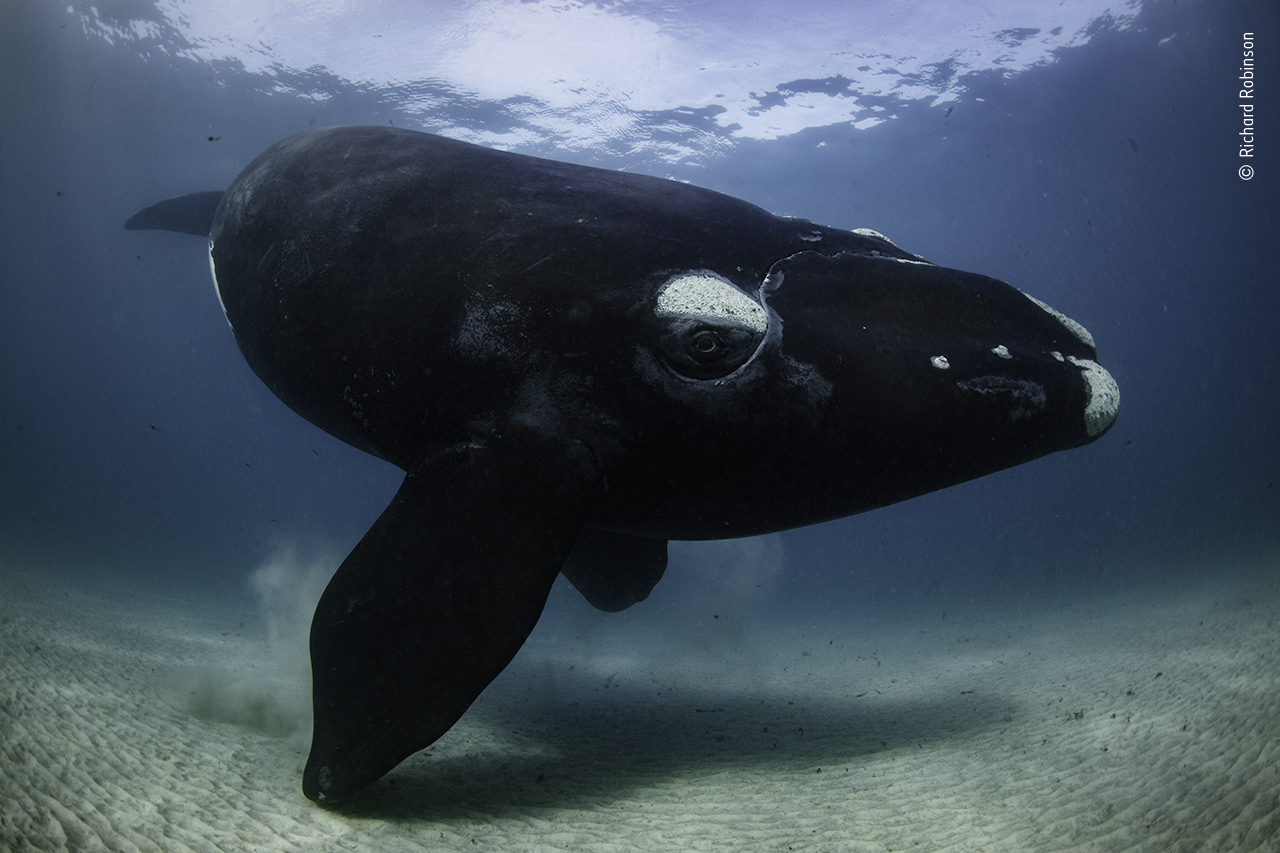
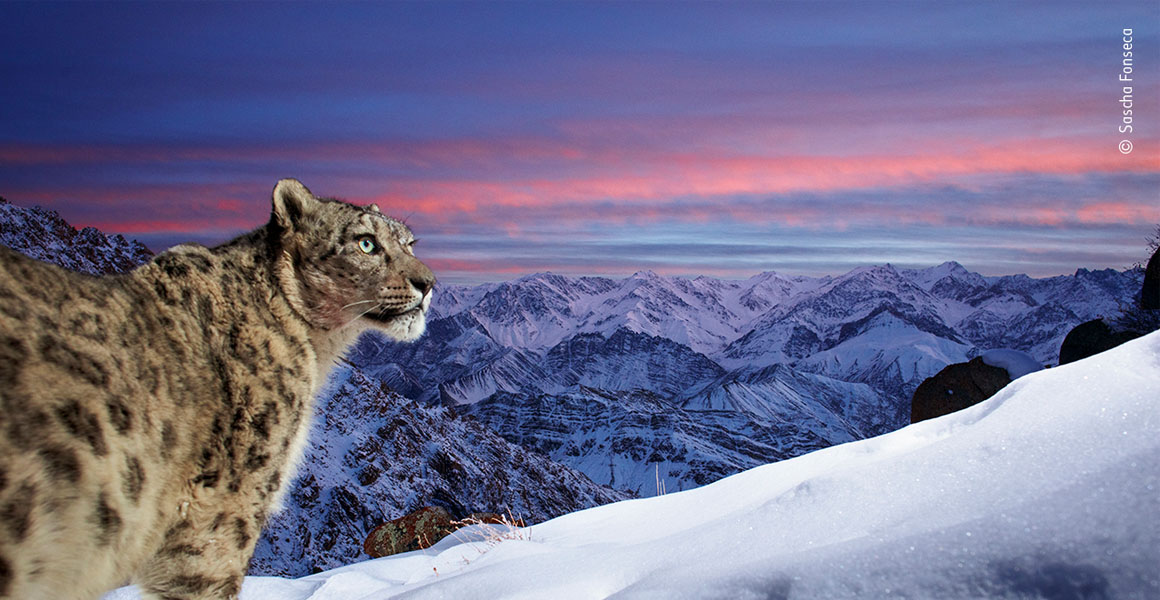
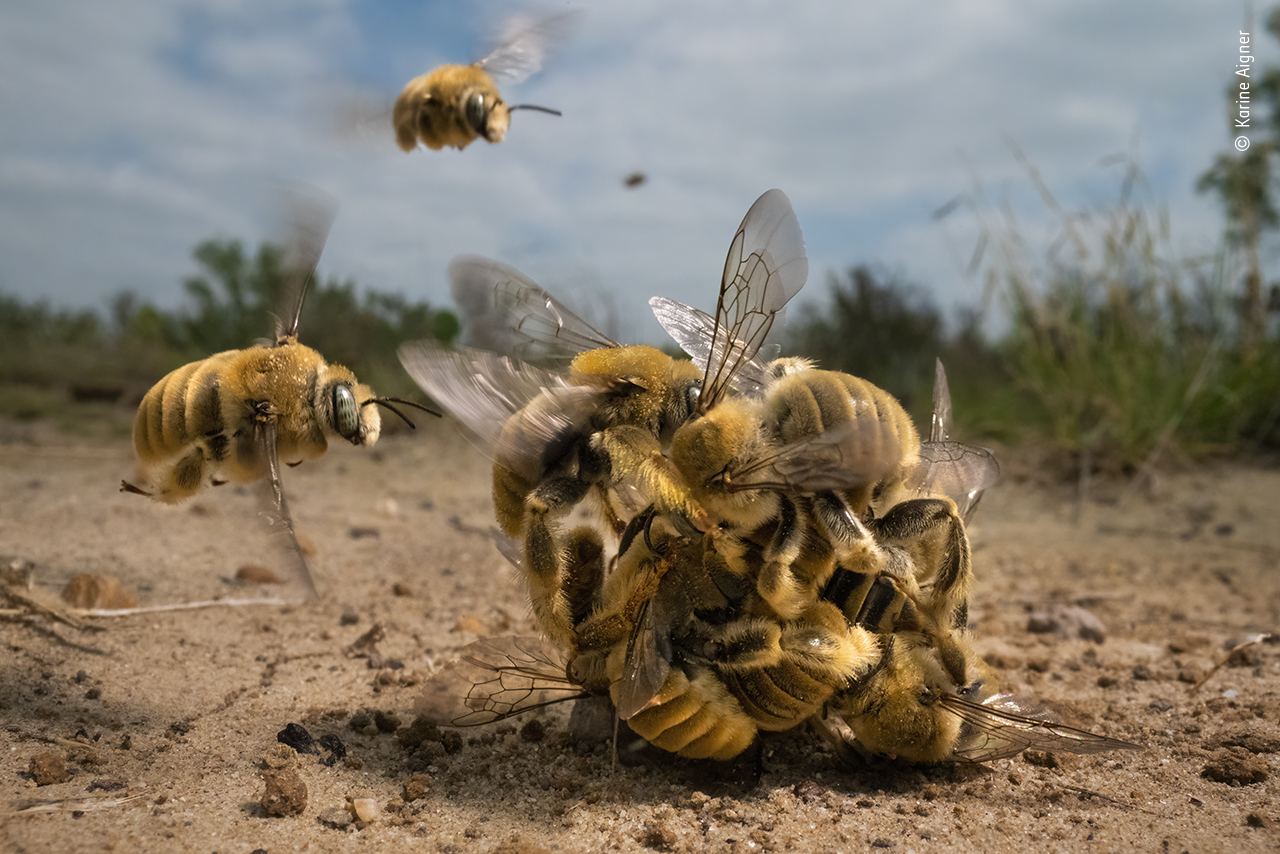

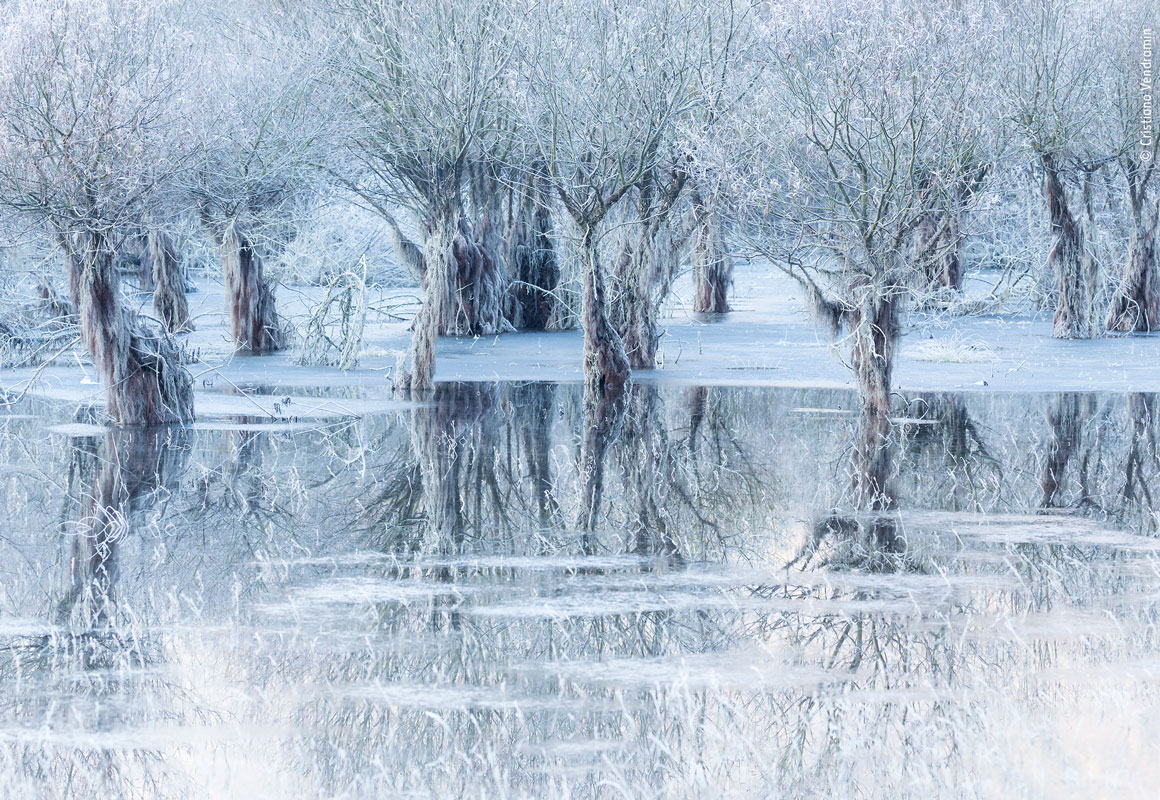
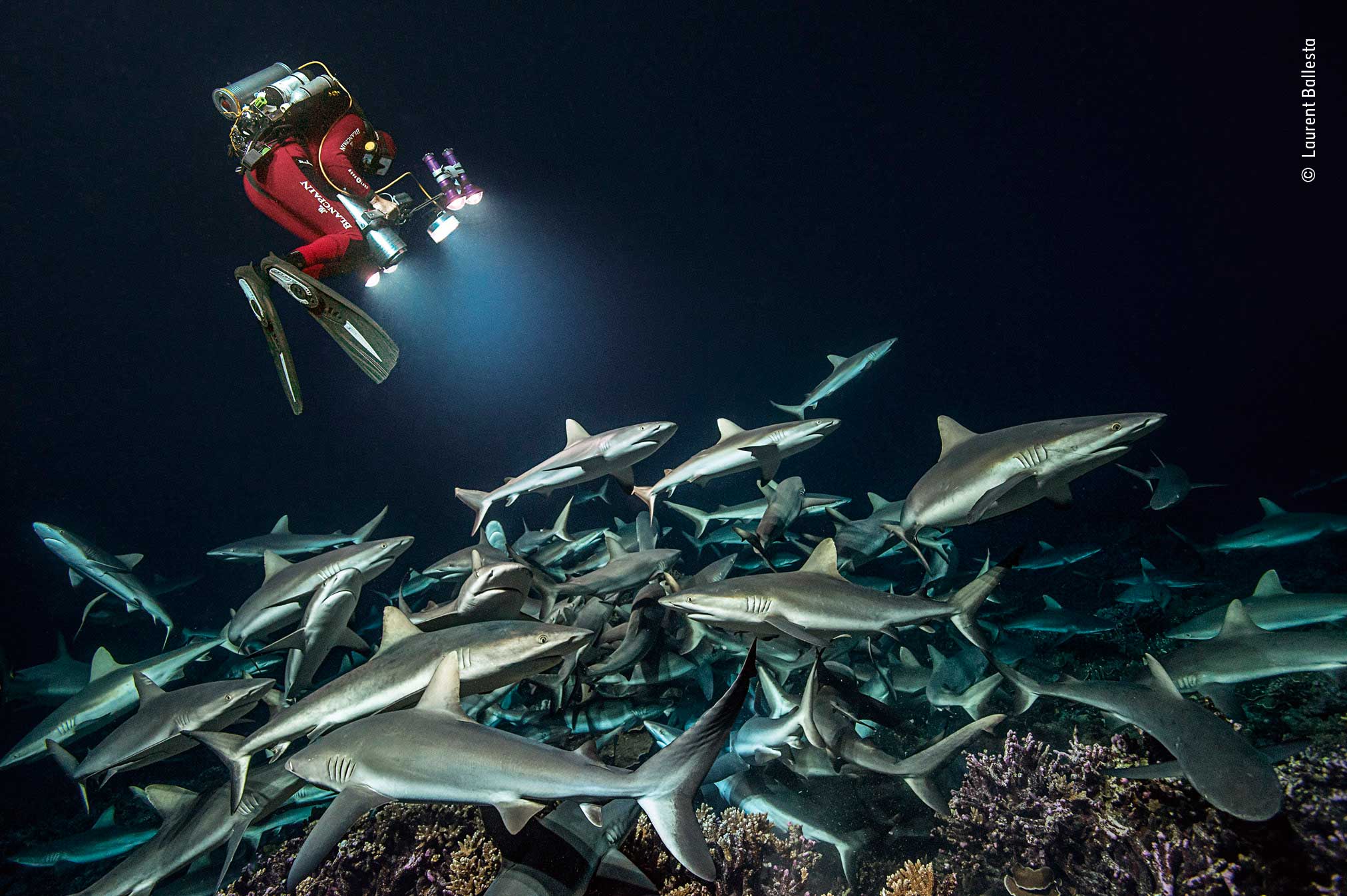

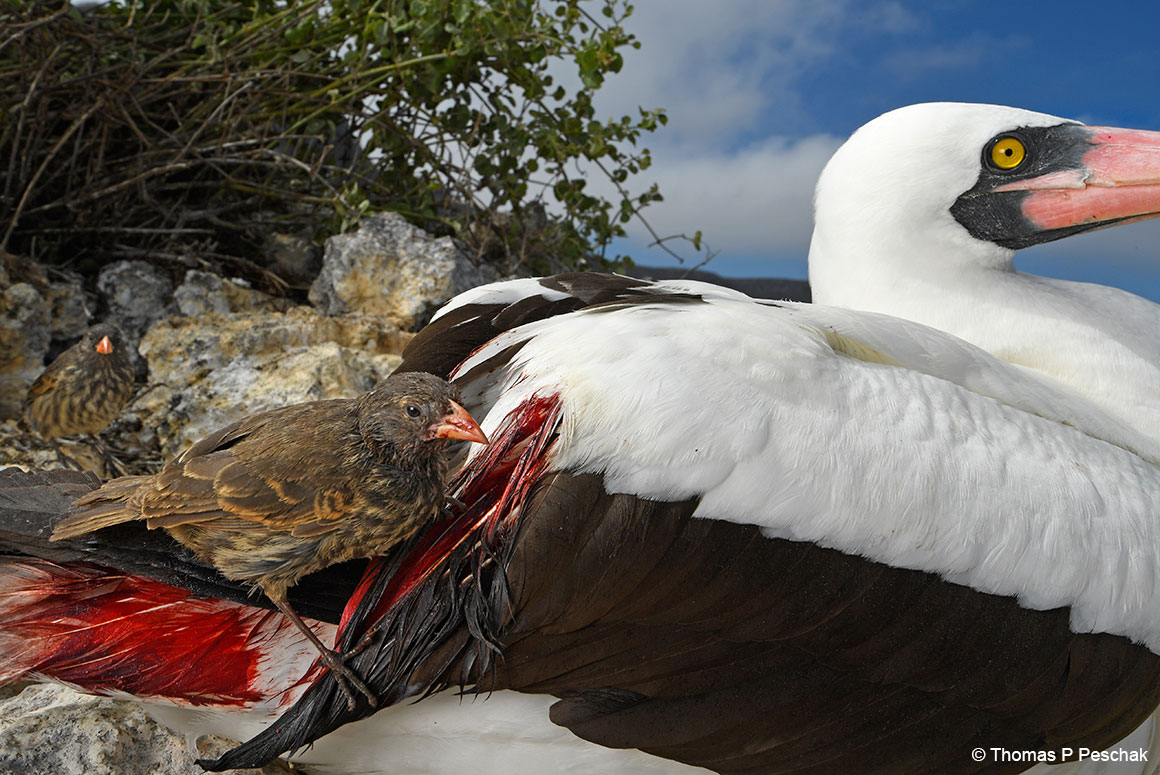
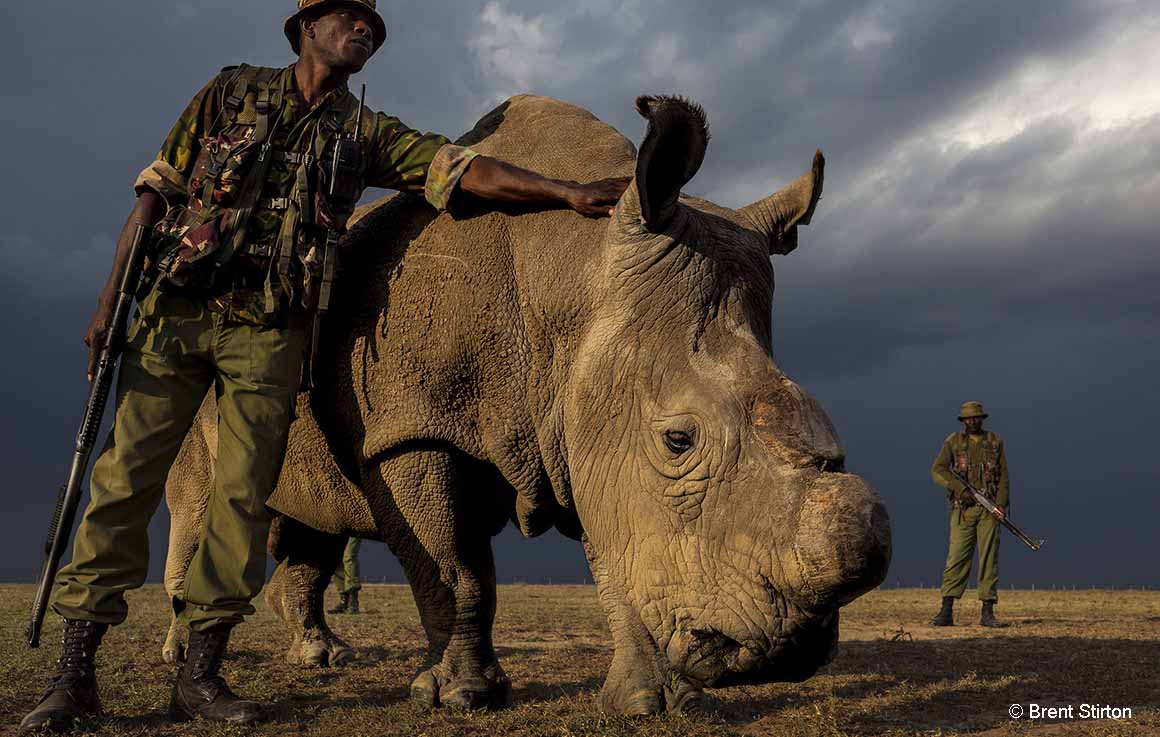
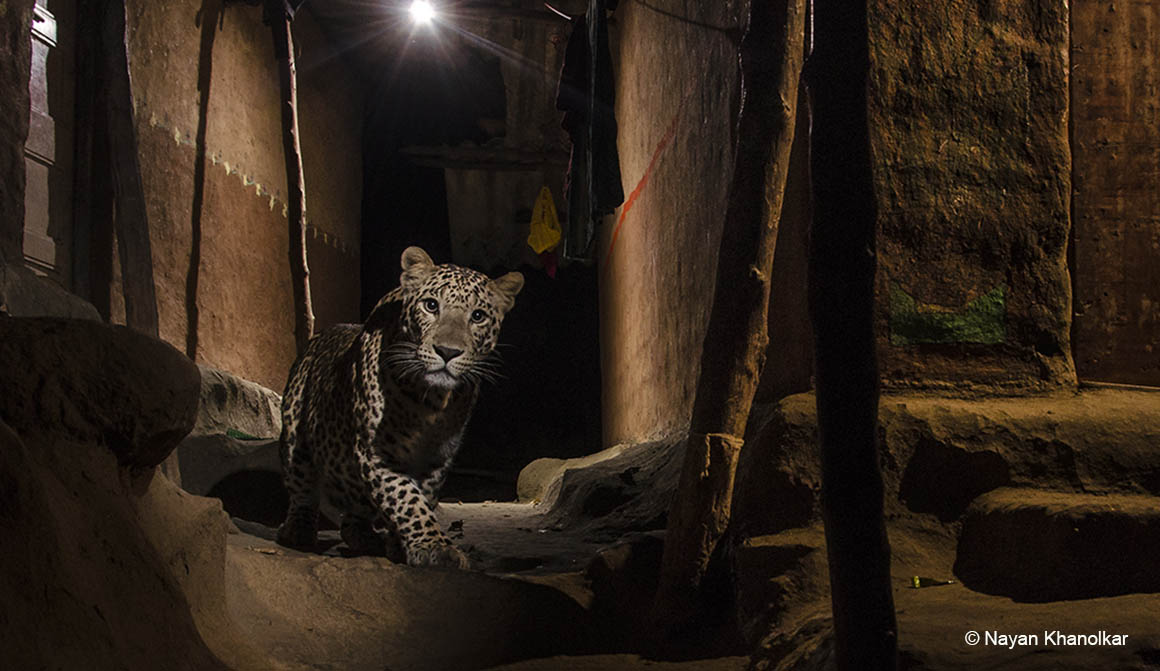
Sign up for the latest Museum stories straight to your inbox
Receive email updates about our news, science, exhibitions, events, products, services and fundraising activities. We may occasionally include third-party content from our corporate partners and other museums. We will not share your personal details with these third parties. You must be over the age of 13. Privacy notice.
Follow us on social media